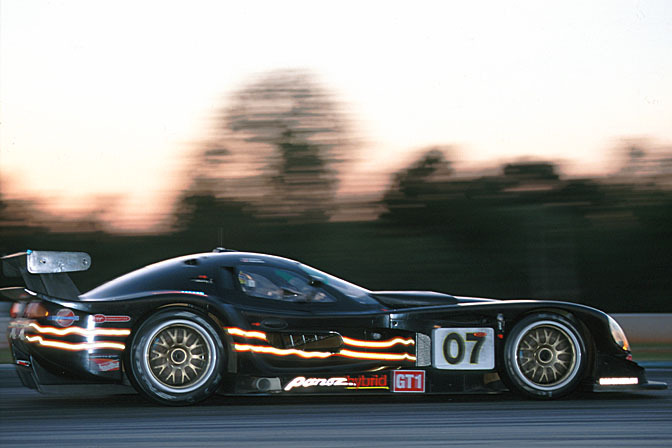High-temperature polymers
The use of polymers in racing powertrains is relatively limited, their main use normally being as a matrix for fibre-reinforced composites. There have been a number of uses of polymers, both filled and unfilled, to the highest levels of motorsport. However, these are normally special polymers which are far more expensive than those general-purpose plastics that we might normally associate with machinery whose components operate close to ambient temperatures; examples of such materials are nylon and acetal, but they face problems with increasing temperature – loss of strength, loss of stiffness and creep (time-dependent change in strain or load loss).
Although the percentage of polymers in race engines and transmissions is low at present, it is likely to increase in future. Also, the increasing use of electrical machines to improve maximum performance and decrease fuel consumption means effective insulators are needed for the battery, power electronics and electric motors, and the cables connecting them all together. We have had electric hybrids in racing for around 15 years now, from the Panoz Q9 in the late 1990s to the current Formula One and Le Mans cars. In order to allow the tight packaging of high-voltage components, a lot of insulating components are needed to prevent these voltages jumping gaps or creeping along non-conductive surfaces to uninsulated sections of conductors.
High-temperature polymers can be used to good effect in components such as inlet trumpets, and where a lot of components need to be produced, it can be economical to replace machined components with lightweight, thin-walled moulded parts from materials such as PEEK (poly-ether-ether-ketone) stiffened by the addition of fillers such as carbon or glass in powder form. Polymers lend themselves not only to machined components but injection moulding as well, so they can be considered as a replacement for machined, cast and moulded components. Even though PEEK is expensive for a polymer (and expensive in general) and the mould tooling is also expensive, the small amount of material waste makes the process of injection moulding attractive. Although ‘virgin’ PEEK is a good candidate for higher temperatures, for those applications requiring better properties there are special grades of PEEK which have improved high-temperature capabilities.
PAI (poly-amide-imide) polymers have been used successfully for engine components and as insulators in racing hybrid systems in the past. It offers improved properties compared to PEEK, but comes at a higher cost.
There are some materials though that put even PEEK and PAI in the shade in terms of temperature capabilities. Among these are PI (poly-imide) polymers, and these have been successfully used inside top-level motorsport engines, although this may only have been for testing. Such materials can be used up to 900 F (482 C).
Beyond this, PBI (poly-benz-imidazole) is a polymer which can be used with short-term exposure to 1000 F (538 C). ]
While such specialised polymers are very expensive and lack both strength and stiffness compared with metals, their properties – especially as electrical and thermal insulators – mean they will find increasing use in racing power units. The temperature capabilities are good enough to cope with everything we are likely to want them to cope with in the short to medium term.

Fig. 1 - The Panoz Q9 was an early example of a racing electric hybrid; these systems require high-temperature polymers for many electrical insulators
Written by Wayne Ward